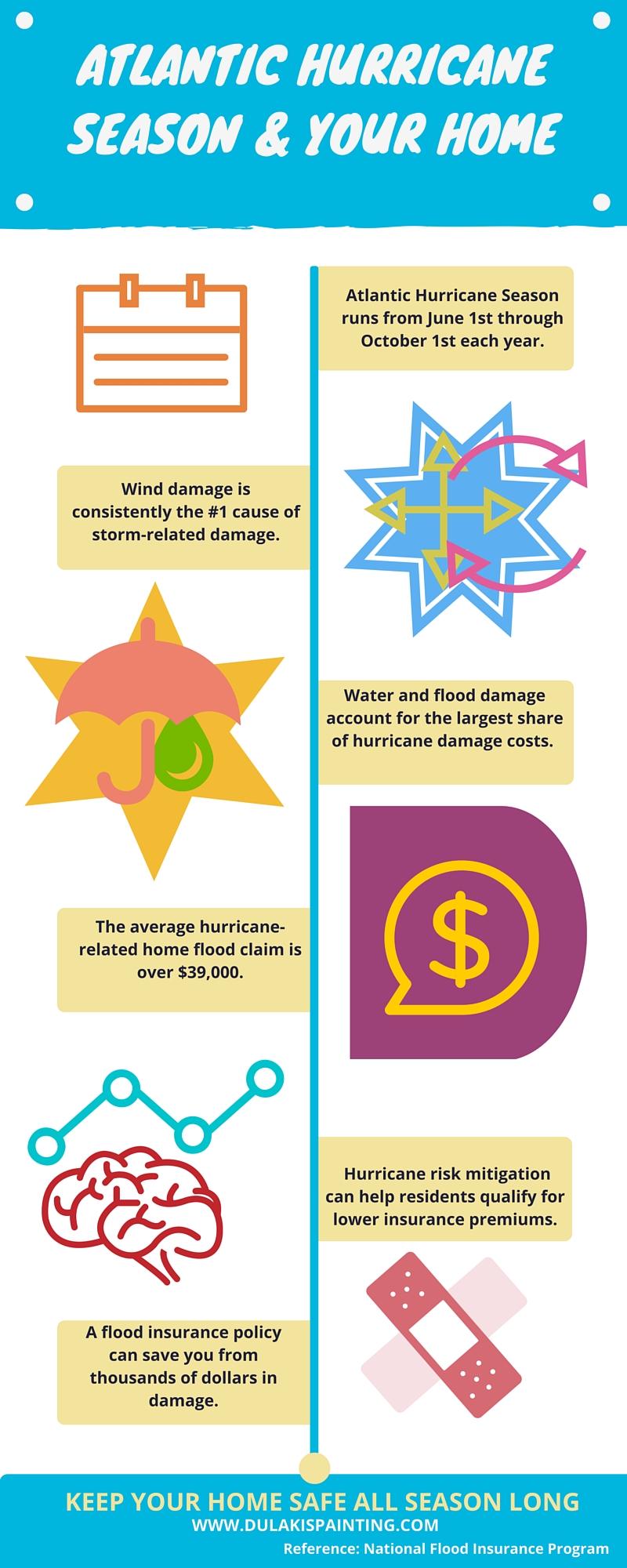Discover The Ways In Which Seasonal Variables Can Influence The Success Of Commercial Exterior Paint And Figure Out The Most Effective Times To Achieve Long-Term Results For Your Task
Discover The Ways In Which Seasonal Variables Can Influence The Success Of Commercial Exterior Paint And Figure Out The Most Effective Times To Achieve Long-Term Results For Your Task
Blog Article
Material Written By-Fox Whalen
When you're preparing an industrial external paint job, seasonal aspects can make or damage your results. You'll want to think about exactly how temperature level and humidity impact paint application and drying times. Picking the best period can guarantee your paint sticks correctly and lasts longer. Yet which seasons are truly the best for this kind of job? Allow's discover the crucial elements that can influence your job's success.
The Effect of Temperature on Paint Application
When you're planning an industrial external paint task, the temperature level can substantially affect just how well the paint sticks and dries.
Preferably, you intend to paint when temperature levels range in between 50 ° F and 85 ° F. If it's as well cold, the paint may not cure appropriately, leading to concerns like peeling or cracking.
On the other hand, if it's as well hot, the paint can dry as well swiftly, preventing correct bond and resulting in an unequal surface.
You need to additionally take into consideration the time of day; morning or late afternoon supplies cooler temperatures, which can be a lot more desirable.
Always inspect the manufacturer's suggestions for the specific paint you're using, as they frequently give advice on the optimal temperature array for ideal outcomes.
Humidity and Its Effect on Drying Times
Temperature isn't the only ecological element that affects your industrial external paint job; humidity plays a substantial function as well. High moisture degrees can reduce drying out times drastically, affecting the overall high quality of your paint task.
When the air is saturated with dampness, the paint takes longer to cure, which can cause issues like inadequate attachment and a higher risk of mildew development. If you're repainting on a specifically humid day, be prepared for extended delay times in between layers.
It's critical to check local weather and strategy as necessary. Preferably, go for humidity degrees between 40% and 70% for optimal drying out.
Keeping these factors in mind guarantees your project stays on track and provides a long-term finish.
Best Seasons for Commercial Outside Paint Projects
What's the best season for your industrial exterior paint jobs?
Spring and early fall are generally your best bets. Throughout these periods, temperature levels are light, and moisture levels are often reduced, developing perfect problems for paint application and drying out.
Avoid summer season's intense heat, which can create paint to dry too rapidly, resulting in inadequate bond and coating. Similarly, see here now can impede correct drying out and curing, taking the chance of the longevity of your paint task.
Go for days with temperature levels in between 50 ° F and 85 ° F for optimal outcomes. Remember to check the neighborhood weather forecast for rainfall, as damp problems can wreck your job.
Preparation around these aspects ensures your painting job runs smoothly and lasts much longer.
Conclusion
Finally, intending your industrial outside paint jobs around seasonal considerations can make a considerable difference in the result. By organizing work throughout the perfect temperature levels and humidity levels, you'll make certain better bond and drying out times. Remember to watch on https://painternearme43209.blogsvirals.com/34134908/seven-recommendations-for-picking-the-perfect-paint-solution and select the right time of year-- spring and very early loss are your best options. Taking these steps will certainly help you accomplish a long lasting and expert surface that lasts.
